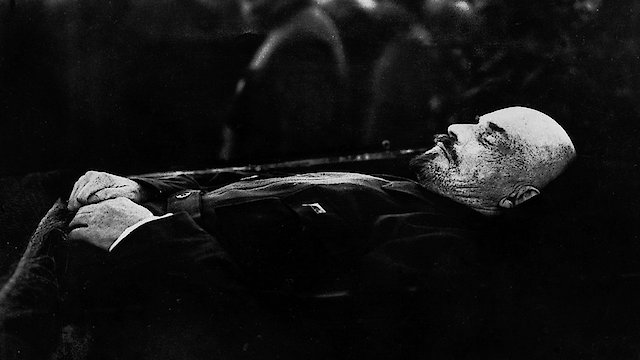
Kino-Pravda XXI
Where to Watch Kino-Pravda XXI

Kino-Pravda XXI is a pioneering work from the Soviet Union, directed by the influential filmmaker Dziga Vertov in 1925 as part of the Kino-Pravda series, a collection of documentary films that aimed to explore and depict the realities of life in the early Soviet state. The film represents a significant evolution in both documentary filmmaking and political cinema, as Vertov sought to capture the essence of the modern world through the innovative use of filmic techniques and a distinctive ideological lens.
One of the most important features of Kino-Pravda XXI is its focus on the everyday lives of ordinary people, juxtaposed against the grand narratives of Soviet ideology and progress. The film moves seamlessly between various scenes that showcase industrialization, agriculture, and the bustling urban life of the Soviet populace. Each vignette is charged with a specific political or social message, illustrating the transformative changes occurring in Soviet society following the revolution.
Vertov’s approach to filmmaking in this installment of the Kino-Pravda series is characterized by a radical use of montage. He employs rapid cuts, superimpositions, and dynamic camera angles to create a rhythm that mirrors the rapid pace of change in the world around him. The editing style not only serves to heighten the emotional impact of the images but also encourages viewers to engage critically with the material by making connections between disparate scenes. This technique invites audiences to consider broader themes of modernity, progress, and class struggle in the context of the Soviet state.
The film’s narrative structure eschews a conventional storyline in favor of a more thematic approach. Vertov organizes the film into sections that delve into various aspects of Soviet life, such as labor, education, health, and personal identities, all of which reflect the aspirations of the new Soviet citizen. The inclusion of candid moments of everyday workers highlights the dignity and agency of individuals while also portraying the collective effort of society towards achieving a common goal. This focus on the human element serves to demystify the grand political ambitions of the state, making the film both a celebration of the collective worker and a critique of the struggles they face.
In terms of visual style, Kino-Pravda XXI exhibits several innovative techniques that were revolutionary for its time. Vertov was known for utilizing a variety of devices, including the hand-cranked camera, to capture spontaneous and dynamic scenes that emphasize movement and action. The film often employs unconventional angles, close-ups, and extreme long shots, creating a visual language that challenges traditional cinematic conventions. These techniques contribute to a feeling of immediacy and present-tense engagement that draws viewers into the world of the film.
Another key aspect of the film is its engagement with contemporary cultural and technological advancements. Vertov makes a deliberate effort to showcase the excitement and potential of the modern age, particularly regarding new technologies such as trains, factories, and communication infrastructure. The cinematic portrayal of these elements serves as a metaphor for the state’s ambition to modernize and industrialize, breathing life into the ideology of progress that was central to the Soviet narrative.
Moreover, Kino-Pravda XXI reflects the tensions and contradictions inherent in the rapidly changing society of the time. While the film celebrates the achievements of Soviet society, it also subtly alludes to the challenges and dissent that plagued the nation. This complexity adds depth to the documentary, encouraging audiences to consider the broader implications of the Soviet project and the lived experiences of its citizens.
The film is also notable for its use of sound, which, while limited in the silent film era, is ingeniously incorporated through the manipulation of on-screen text and the strategic inclusion of ambient noises. This auditory dimension furthers the immersive quality of the film, inviting viewers to experience the vibrancy of Soviet life in a more immediate way.
In conclusion, Kino-Pravda XXI stands as a landmark in both the history of documentary filmmaking and Soviet cinema. Through its innovative use of montage, its thematic exploration of social realities, and its bold visual style, Vertov's film not only documents the diverse facets of Soviet life but also invites critical reflection on the political and ideological landscapes shaping that life. The film serves both as a time capsule of a transformative era and as an evocative artistic statement, reflecting the hopes and challenges faced by individuals in a society grappling with the promises of modernity. As part of the broader Kino-Pravda series, it encapsulates Vertov's vision of cinema as a powerful tool for social commentary and collective consciousness, positioning it as a film that continues to resonate with audiences today.
Kino-Pravda XXI is a Documentary movie released in 1925. Critics and viewers have rated it moderate reviews, with an IMDb score of 6.2..
